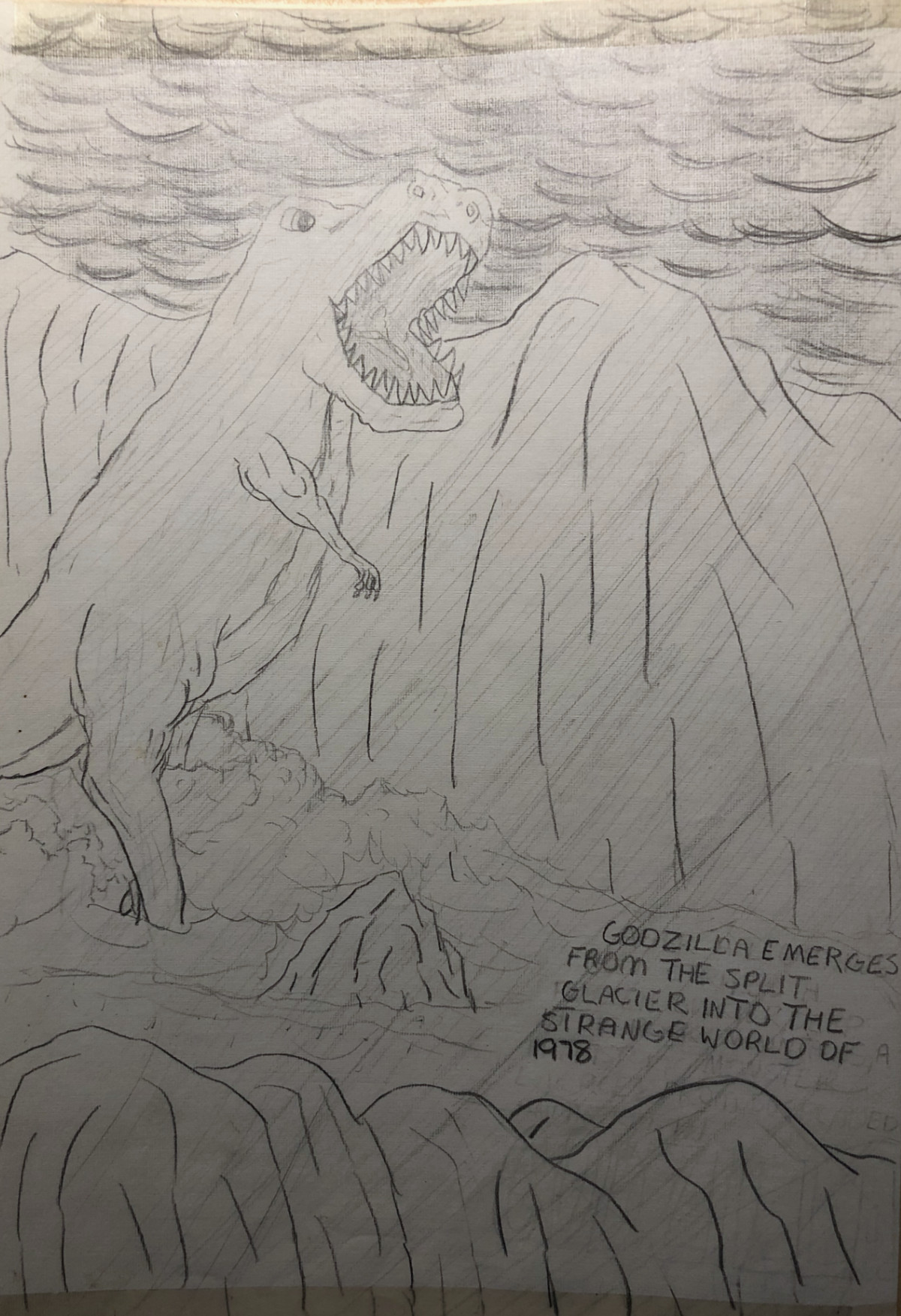And by “great” I mean they do not have soothing, melodic voices or are obviously not professionally trained, but I love ’em anyway, because their voices have…yep…character.
You may disagree on the alleged vocal greatness of some of the people on this list, either thinking them good enough to not be on this list or maybe bad enough to not merit inclusion. I also did not set out to make an exclusively male list, but every female singer I like has a genuinely awesome-sounding voice. Women are just better.
- Stephin Merrit (The Magnetic Fields). Merrit has this wonderfully rumbly bass that often feels like it’s on the verge of going off-key but never quite does. “Papa Was a Rodeo” from the album 69 Love Songs is a great example of it.
- Roger Waters (Pink Floyd). I compare Waters’ vocals to the dialogue of David Lynch’s Dune, where everyone seems to either shout or whisper. Waters is very good at the shout/whisper thing. The period around his second solo album, Radio KAOS, is the “highlight” of this where he seemed to be especially struggling to just sing in a normal tone. But he is very good at getting across venom and anger.
- Robert Smith (The Cure). I went to a Cure concert in 1987 with a couple of friends when they played at the Expo Theatre (RIP). At the time I had no idea who the band was, confusing them with The Cult. The show was pretty good, though I was not entirely sure why girls (and some guys) kept throwing themselves at the lead singer, an unimposing man who looked a bit like Edward Scissorhands minus the scissors. Smith’s vocals are well-suited to the goth dirges the band is famous for, but I especially like his takes on their lighter material like “Why Can’t I Be You.” The video below has a bit of everything, from the regrettable use of black face to Smith dressed as a proto-furry.
- Bob Dylan. I’m not even going to explain this one. Everyone knows Bob. That said, his vocals on the two Traveling Wilburys albums are strong and he clearly had fun with the material. “Tweeter and the Monkey Man” remains a favorite of mine.
More to come.





